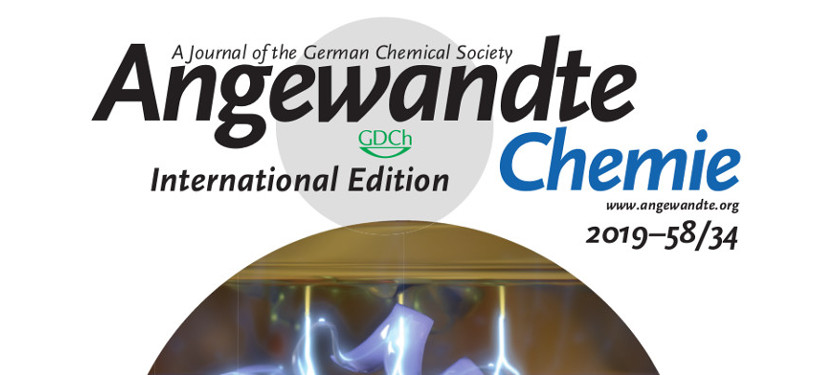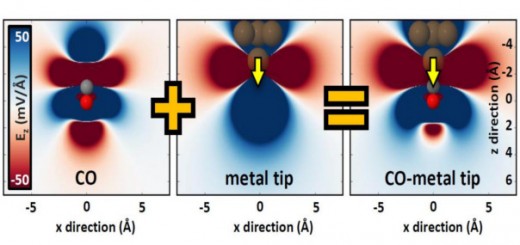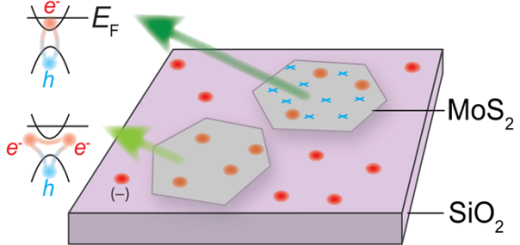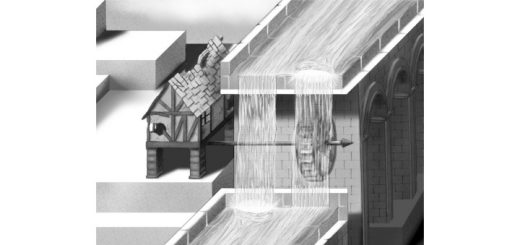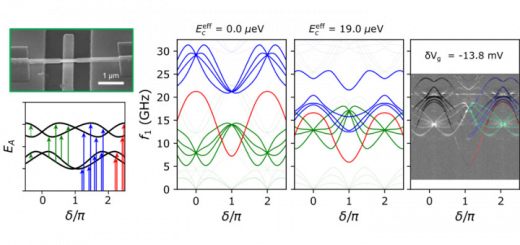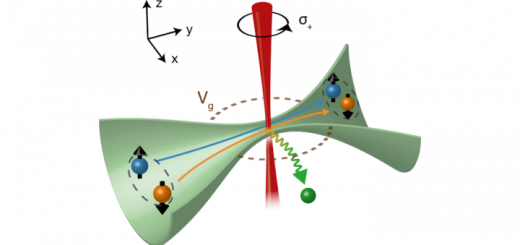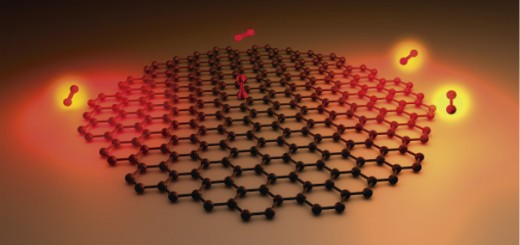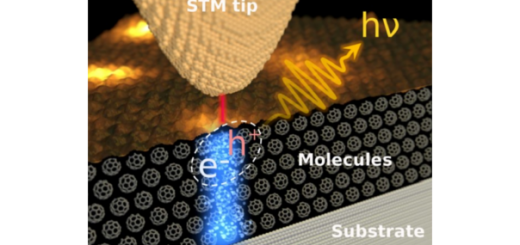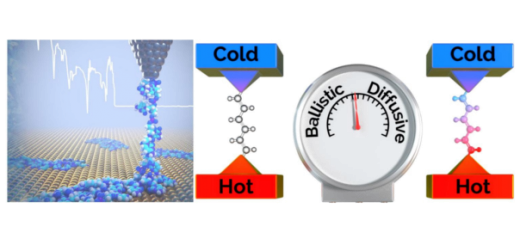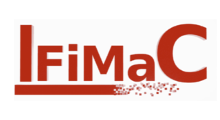A Protein-based Junction Serves as a Current Switch
Articles: published in Angewandte Chemie by Juan Carlos Cuevas and Linda A. Zotti, IFIMAC researchers and members of Department of Theoretical Condensed Matter Physics.
Proteins are key biological molecules that are responsible for numerous energy conversion processes such as photosynthesis or respiration. In recent years, proteins have been investigated in a new setting, namely in solid-state electronic junctions, with the goal of understanding the charge transfer mechanisms in these biomolecules, but also with the hope of developing a new generation of bio-inspired nanoscale electronic devices. Now, a new step towards this goal has been reported in a piece of work published in Angewandte Chemie by a collaboration between the group of David Cahen in the Weizmann Institute of Science (Israel) and the IFIMAC researchers Carlos Romero-Muñiz, Juan Carlos Cuevas, and Linda A. Zotti. In this work, these researchers show that a redox protein, cytochrome C, can behave as an electrically driven switch when incorporated in a solid-state junction with gold electrodes. By changing the external bias voltage in the junction, it was shown that the relevant molecular orbitals of the protein can be brought in and out of resonance with the chemical potential of the electrodes, which leads to the current-switch behavior. Showing transition from off- to on- resonance can be very challenging and this is the first time it has been achieved for proteins within the same working junction. Extensive ab initio DFT calculations revealed that the charge transport proceeds through the heme unit in these proteins and that the coupling between the protein’s frontier orbitals and the electrodes is sufficiently weak to prevent Fermi level pinning. The on-off change in the electrical current was shown to persist up to room temperature, demonstrating reversible, bias-controlled switching of a protein ensemble, which provides a realistic path to protein-based bioelectronics. [Angewandte Chemie – full article]
References
- A Solid-State Protein Junction Serves as a Bias-Induced Current Switch, Jerry A. Fereiro, Ben Kayser, Carlos Romero-Muñiz, Ayelet Vilan, Dmitry A. Dolgikh, Rita V. Chertkova, Juan Carlos Cuevas, Linda A. Zotti, Israel Pecht, Mordechai Sheves, David Cahen. Published in Angewandte Chemie International Edition, Volume 58, Issue34, Pages 11852-11859, August 19 (2019). [URL]

